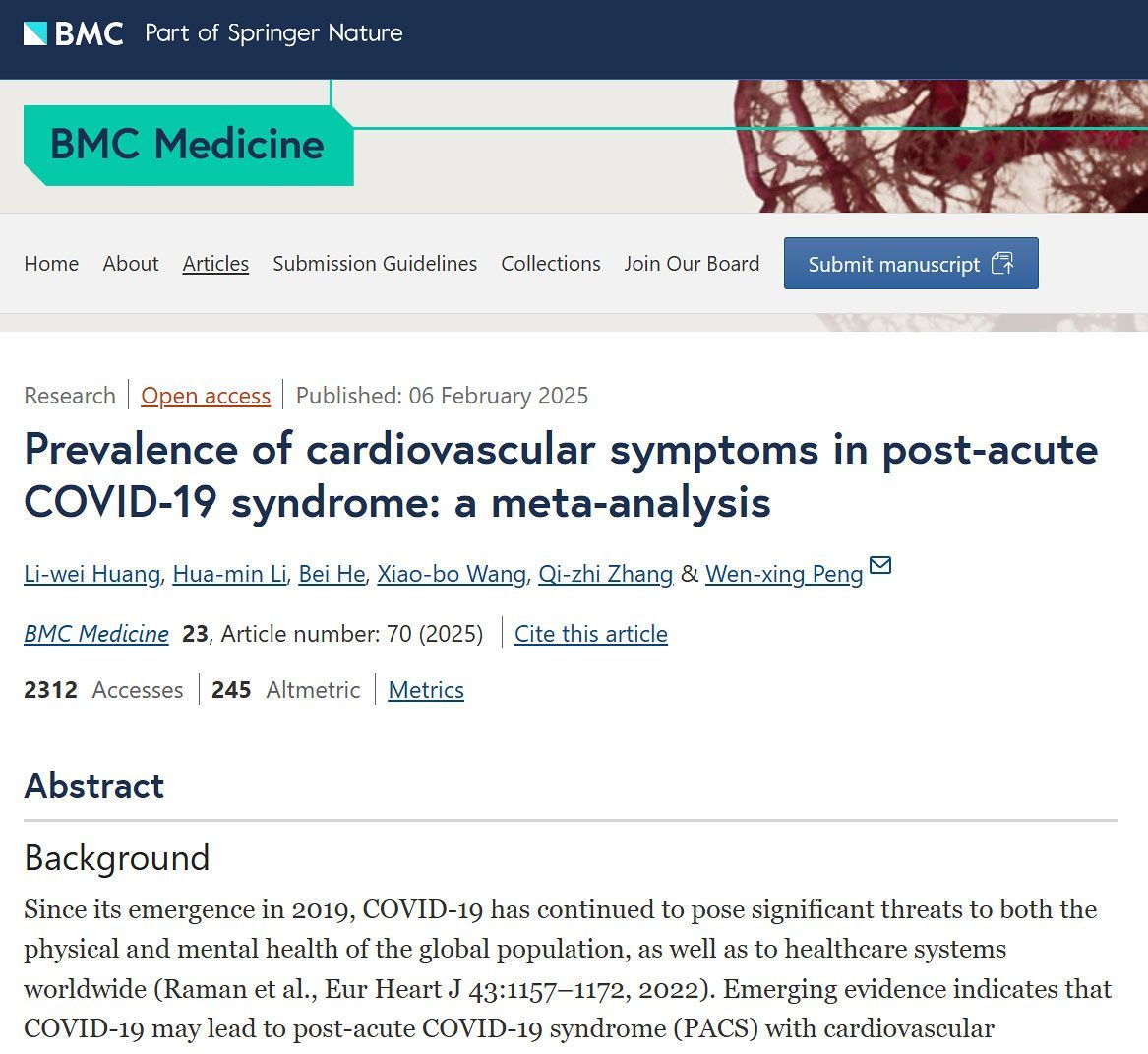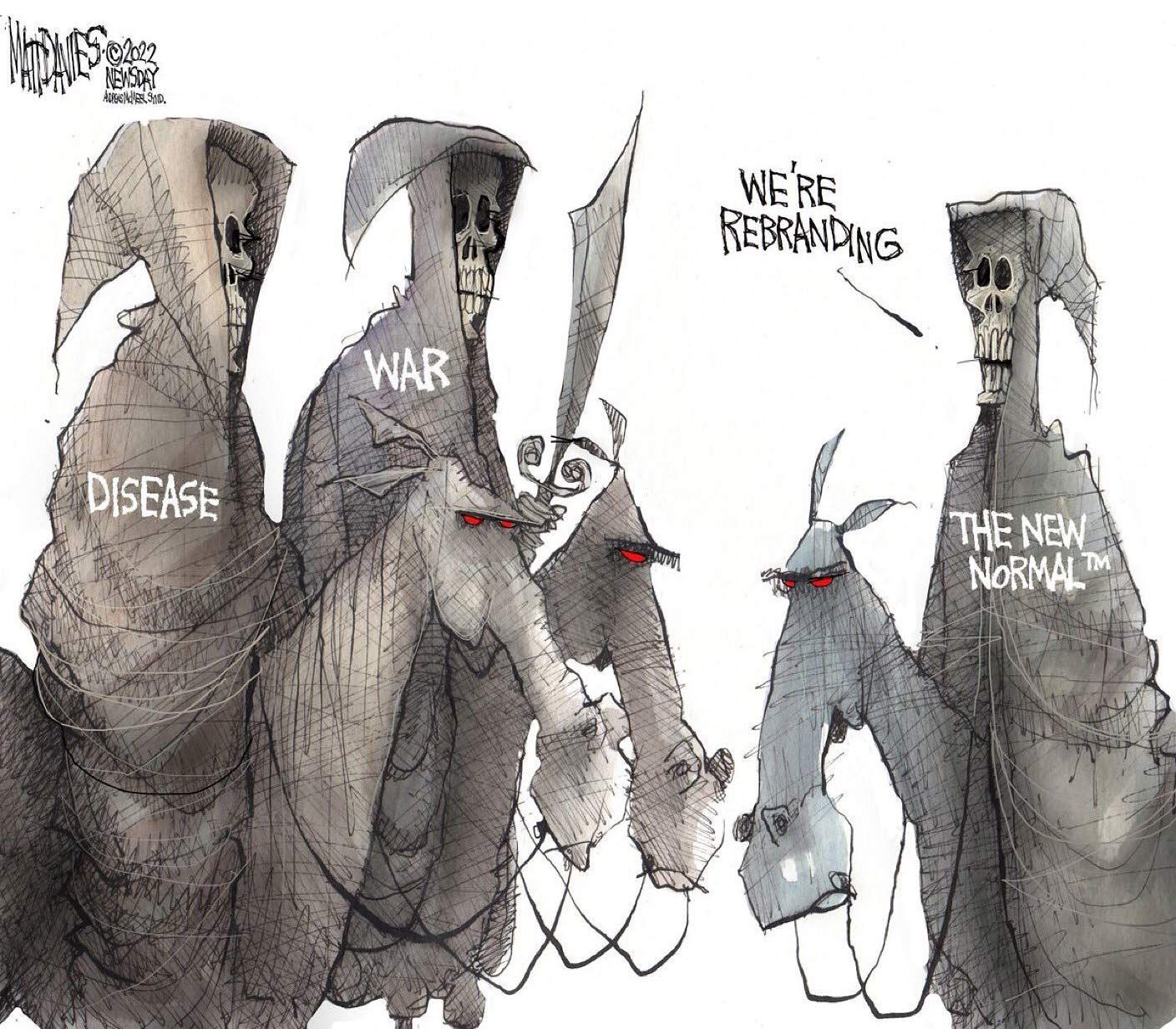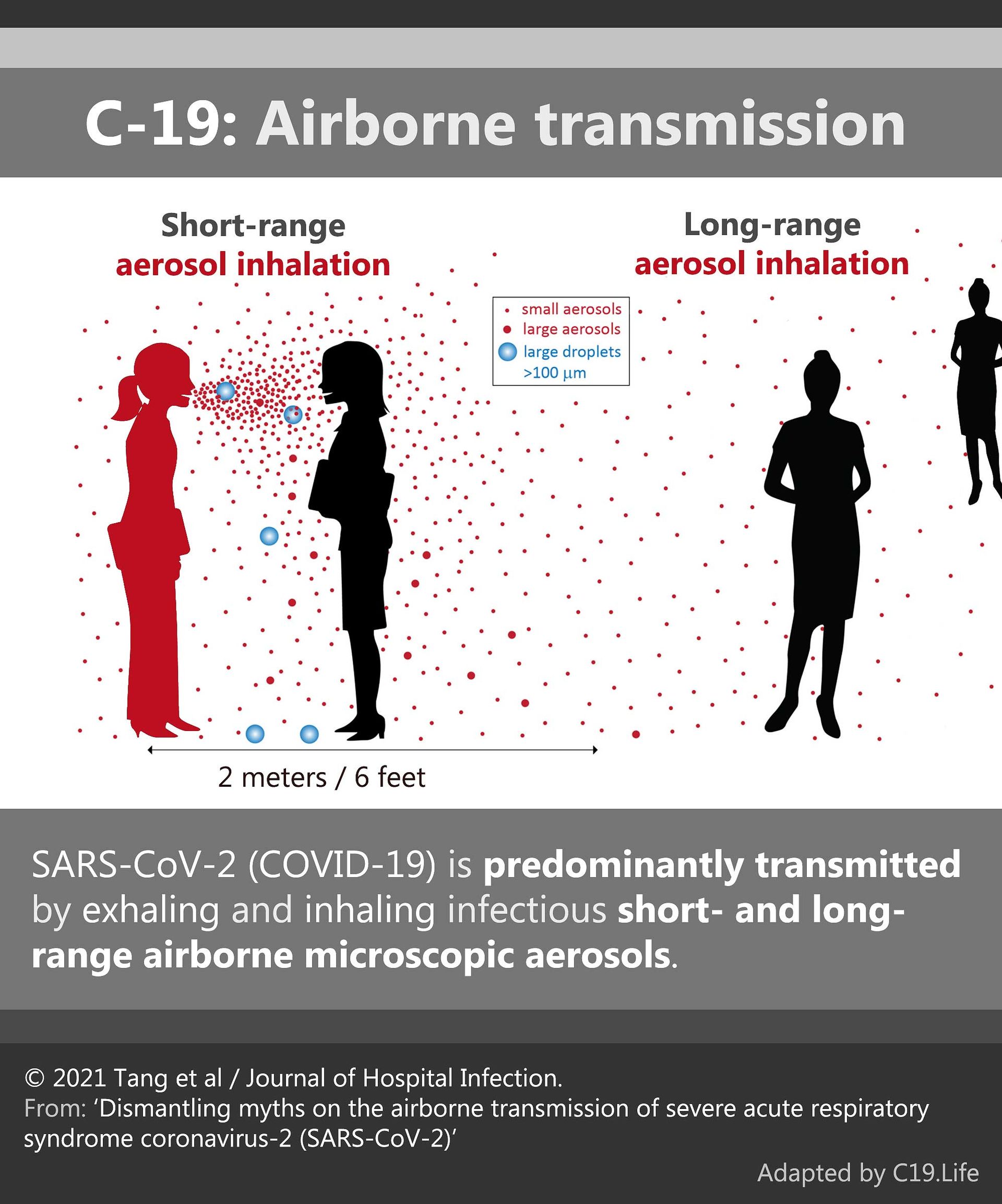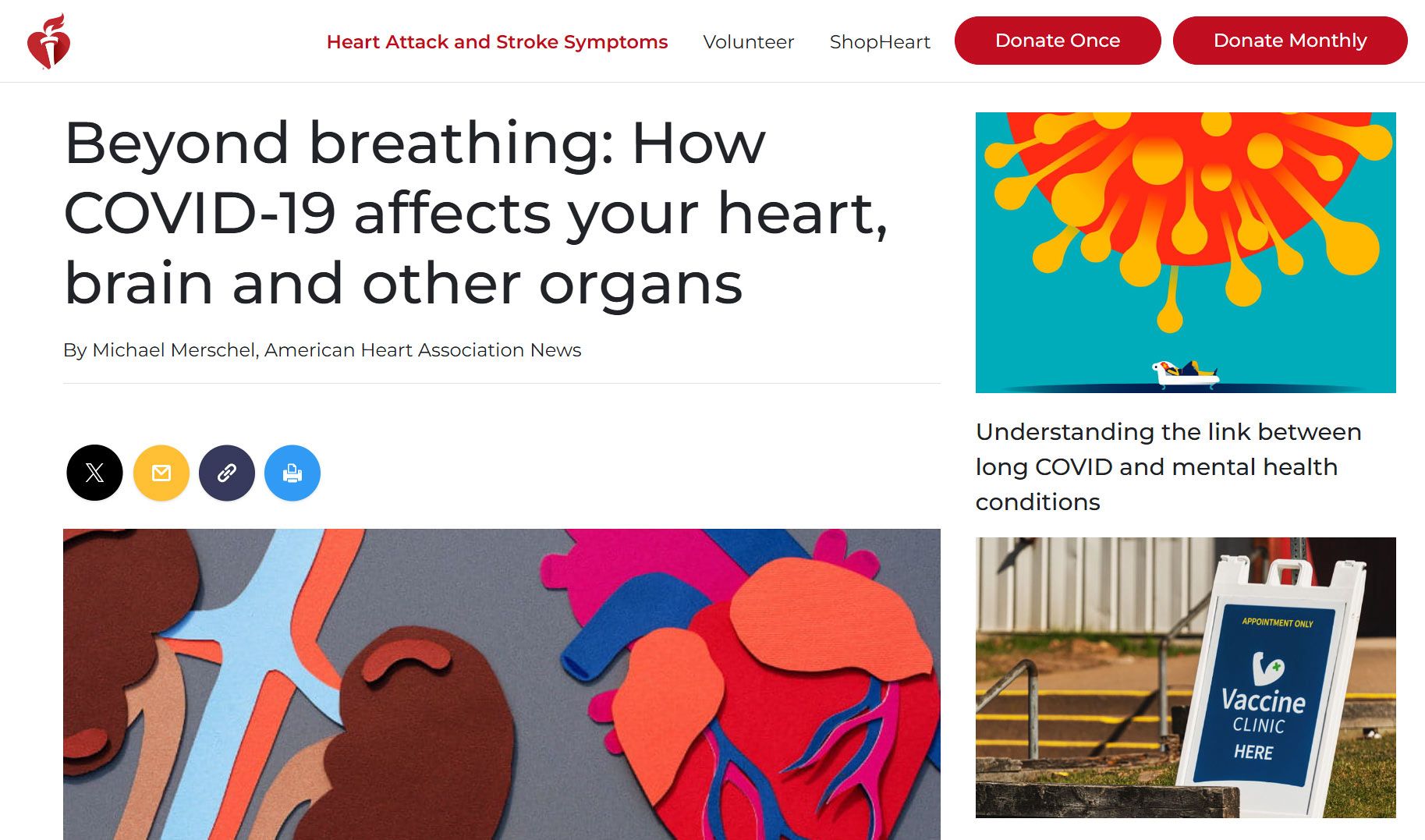➲ Home ➲ C-19 Archives
📖 NHS Estates Technical Bulletin: application of ultraviolet (UVC) devices for air cleaning in occupied healthcare spaces: guidance and standards
✻ Accessed: 4 Dec 2023.
➲ Date published: 9 May 2023.
➲ Date last updated: 2 Oct 2023.
❦ Applicability
‘This NETB applies to all healthcare spaces with ventilation requirements.
Objective
To provide additional technical guidance and standards on the use of UVC devices for air cleaning in healthcare spaces.
Status
The document represents advice for consideration by all NHS bodies.
It is to be read alongside Health Technical Memorandum 03-01 Specialised Ventilation for Healthcare Premises (HTM 03-01).
Executive summary
Ventilation* is a key line of defence for infection control in the healthcare environment.
Its design and operation are described in Health Technical Memorandum (HTM-03-01).
The current focus on ventilation has highlighted areas of high risk due to poorly performing and inadequate ventilation in hospitals and other healthcare settings due to age, condition of air handling plant, lack of maintenance, challenges with effective use of natural ventilation or other creates areas of high risk.
It is therefore important to bring these facilities up to the minimum specification of current standards, particularly recognising the challenges of COVID-19 and other respiratory infections.
Ultraviolet (UVC) air cleaners (also known as air scrubbers) using ultraviolet light are one option for improving and upgrading ventilation.
The installation of a UVC air cleaner can reduce the risk of airborne transmission.
This document has been written as an interim specification to set the basic standard required for UVC devices to be utilised in healthcare and patient related settings.
This edition is primarily aimed at portable and semi fixed (wall-mounted) devices. The series will extend to in-duct and upper room devices in future iterations.
Devices relying on HEPA filters or similar filter-based technology can have similar benefits to UVC devices but are not considered in this document.
The potential of air scrubbers employing UVC or HEPA technology is the subject of a rapid review (September 2022).
* Ventilation is the process by which ‘fresh’ air (normally outdoor air) is intentionally provided to a space and stale air is removed.
This may be achieved by mechanical systems using ducts and fans, or natural ventilation most commonly provided through opening windows.
The local redistribution of air may also be construed as ventilation.
1. Introduction
Ventilation is a critical feature in the control of airborne infection.
However, the emergence of SARS-CoV-2 as a highly contagious virus has demanded new and innovative solutions to safeguard patients, staff and visitors.
Health Technical Memorandum 03-01 Specialised Ventilation for Healthcare Premises (HTM-03-01) is a robust standard for ventilation of higher risk clinical spaces based on high air change rates using outdoor air to continually flush indoor spaces.
The emergence of COVID-19 has shown that greater attention must be paid to the removal or deactivation of airborne pathogens in areas where ventilation rates are lower.
The focus on ventilation has also highlighted areas of high risk due to poorly performing and inadequate ventilation, particularly in older hospitals and other healthcare settings such as primary care and dental, which increase risks of infection spread viz nosocomial infections.
In cases, where current ventilation does not meet HTM-03-01 standards, this may be due to age, condition of air handling plant, lack of maintenance or other design or operational issues.
In the case of naturally ventilated spaces, there is a reliance on staff or patients opening windows.
Weather conditions, external noise and air pollution and restricted window openings for safety affect the ability to open windows and means that ventilation in some settings can fall below recommended rates.
UVC air cleaners using ultraviolet light are one option for improving and upgrading ventilation.
The correct installation and operation of a UVC air cleaner can effectively reduce the risk of airborne transmission.
NHS trusts are under pressure to improve ventilation and are considering options including UVC air cleaning.
This standard will assist trusts in selecting and implementing good quality, reliable equipment.
There is substantial evidence from laboratory studies and real-world settings that UVC is an effective technology for reducing airborne pathogens within room air and HVAC systems.
A number of trial ‘case studies’ have been carried out which indicate that measured levels of micro-organisms in air are greatly reduced and infection rates have decreased.
These trials have also shown that UVC within HVAC systems safely allows some levels of air recirculation and can achieve substantial energy reductions compared to the normal 100% fresh air approach set out in HTM-03-01.
For example, a scheme with 50% fresh air and 50% recirculated air would reduce heat demand by 50%.
However, care must be taken to ensure sufficient fresh air changes are provided for the dilution of medical gases and noxious odours, and the maintenance of appropriate oxygen and carbon dioxide levels.
This document aims to serve as interim guidance and regulatory reference point for the design and correctly engineered deployment of germicidal UVC devices in real-world settings with regard to effectivity and safety.
2. UVC germicidal effects
There are a wide range of UVC devices which aim to inactivate microorganisms in the air and/or on surfaces.
This document focuses on contained UVC devices which can be positioned locally within a room or within an HVAC duct.
These devices usually require fan-assisted circulation to introduce the room air into the device, expose it to ultraviolet light and then to reintroduce the processed air into the room.
Therefore, aerodynamics internal to the device together with the lamp specification determines the air and microbial particle UVC exposure time and hence the radiation dose.
These devices are known as active UVC air cleaning devices.
Not considered in this document are passive UVC devices, aka upper room devices, which rely on the natural air currents within rooms.
An important consideration regards the flow of the air which is induced, processed and distributed by the device external to the device itself.
The design and placement of the device should promote efficient air circulation in the room space and avoid short-circuiting of air circulation relative to furniture, obstructions, and occupancy.
The ultraviolet-C (UVC) spectrum lies in the interval [200…280] nm. UVC irradiation as a means of microbial inactivation has been used for over 100 years in multiple sectors including medical, scientific, water disinfection, manufacturing and agricultural.
UVC germicidal activity inactivates microorganisms rendering them unable to replicate.
Most commonly, germicidal activity is generated by mercury ionisation lamps with the major spectral line at 254 nm wavelength.
This is sometimes also known as germicidal ultraviolet (GUV) or ultraviolet germicidal irradiation (UVGI).
This standard uses the term UVC.
Recent studies suggest that devices based on far-UV (222 nm wavelength) may also be effective; however, these are not covered here.
The photo-toxicity risks associated with UVC is universally recognised.
The design, specification and implementation of germicidal UVC solutions currently lacks rigorous governance and the requirement for regulatory change is recognised.
The purpose of this standard therefore is to establish the key criteria for successful and reliable long-term application of UVC air cleaning while avoiding the potential safety hazards and operational pitfalls, particularly when equipment is used in spaces occupied by non-technical people.
3. Applications
This standard covers the types of UVC air cleaners used as standalone or in-duct units where the principal active element is UVC at the nominal wavelength of 254 nm.
In rooms without natural or mechanical ventilation, or where the ventilation falls short of local requirements or regulatory advice, auxiliary devices may be deployed to enhance the effective air changes.
The installation of UVC air cleaners can be considered to contribute additional ‘equivalent’ air changes (eACH).
For example, a treatment room with only 2 ACH could achieve the equivalent of 10 ACH by installing a UVC unit which recirculated and cleaned the equivalent of 8 ACH (eACH) for the micro-organisms of concern.
Hence, to meet the requirements that comply with HTM-03-01, the number of devices required will be dictated by the existing background levels of ventilation.
In-duct HVAC systems
In buildings with existing HVAC systems which have recirculation of air, it can be effective to install UVC lamps directly into the ducts, placing them downstream of pre-existing particulate filters.
This allows for the treatment of all rooms in the building covered by the HVAC system or within branch ducts serving various zones and the rooms within those zones.
Due to the lamps being contained within the ducts, the risk of direct exposure to UVC is low. However, maintenance can be carried out; safely shut-down interlocks should be fitted and hazard notices compliant with BS EN ISO 7010 prominently displayed.
254 nm devices covered in this standard
❂ In-duct UVC:
UVC lamps are installed directly into the HVAC system or are contained within a locally installed ventilation device which is connected into the HVAC system, similar to a fan-coil unit.
Devices may use the fans and filters within the existing HVAC system or, in some cases, may have local fans and filters to provide the recirculation.
Significant modelling and design are required to implement such systems.
❂ Floor standing UVC ‘mobile’ devices:
UVC lamps are contained within a standalone floor mounted device that can be positioned at any suitable location in a room.
These devices provide local air cleaning within a room and are plugged into a standard electrical socket so do not require any installation.
The device contains lamps, dust filters and a fan to draw room air through the device. Devices are portable and so can be easily moved.
❂ Fixed UVC devices – wall or ceiling mounted:
Similar to floor standing units but fixed to a wall or ceiling.
These devices will normally be permanently wired into the room electrical system rather than plugged into a wall socket.
UVC devices not covered in this standard
❂ Decontamination UVC devices:
High intensity open-field UVC devices that are designed for periodic surface decontamination in unoccupied spaces. These devices are sometimes known as UVC robots.
❂ Upper-room UVC devices:
UVC devices which utilise an open UV field within the room above the heads of occupants. These are passive devices which rely on the general circulation of room air and are sometimes assisted by ceiling fans.
❂ Devices based on other parts of the UV spectrum:
The devices covered in this standard are based on 254 nm wavelength lamps.
There are a number of other UV technologies including Far UV (222 nm) which has early data showing it is likely to be effective.
❂ Devices that incorporate other technologies alongside UVC:
There are a number of devices which use UVC alongside other technologies such as titanium dioxide catalysts or ionisers.
These devices often emit by-products into the room, either intentionally or deliberately. The health impacts of any emissions must be carefully considered.’
❂
* Additional info. Source Sans Pro Normal 21/18. 1st row, 4th Colour.
❂
📖 (2 Oct 2023 ~ NHS England NHS Estates Technical Bulletin (NETB 2023/01B): application of ultraviolet (UVC) devices for air cleaning in occupied healthcare spaces: guidance and standards ➤
✻ Accessed: 4 Dec 2023.
➲ Date published: 9 May 2023.
➲ Date last updated: 2 Oct 2023.
© 2023 NHS England.
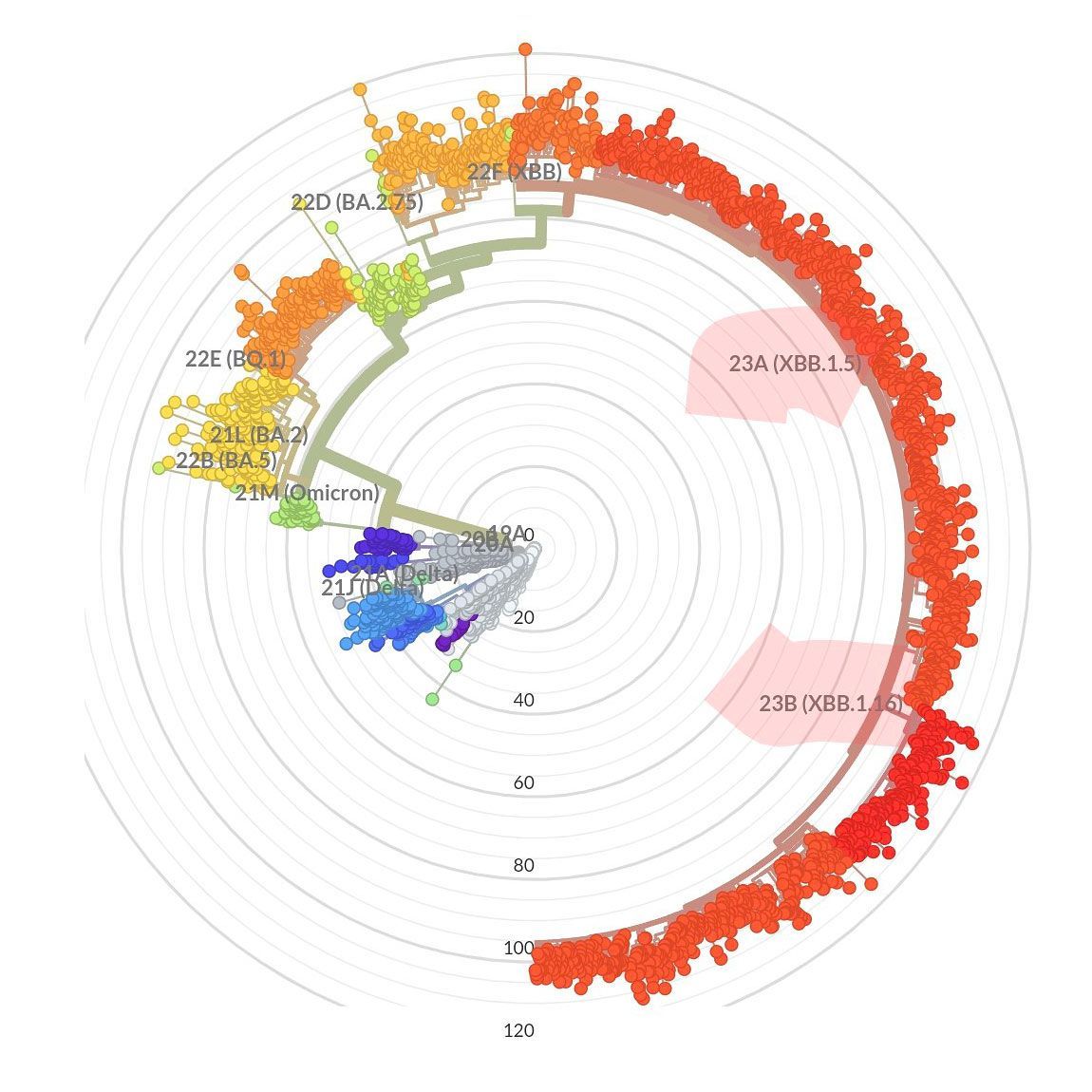



© Legend: Source Sans Pro Normal 20/18. Fifth colour.
Light information. Source Sans Pro Normal, 20/18. White.
* Additional info. Source Sans Pro Normal, 20/18. 1st row, 4th Colour.
📖 (Date 2023 ~ Journal Source Sans Pro Normal 20/18. First Colour) Link Title ➤
© 2023 Source Sans Pro Normal 20/18. Fifth Colour. ➲

© Legend: Source Sans Pro Normal 20/18. Fifth colour.
Light information. Source Sans Pro Normal, 20/18. White.
* Additional info. Source Sans Pro Normal, 20/18. 1st row, 4th Colour.
📖 (Date 2023 ~ Journal Source Sans Pro Normal 20/18. First Colour) Link Title ➤
© 2023 Source Sans Pro Normal 20/18. Fifth Colour. ➲






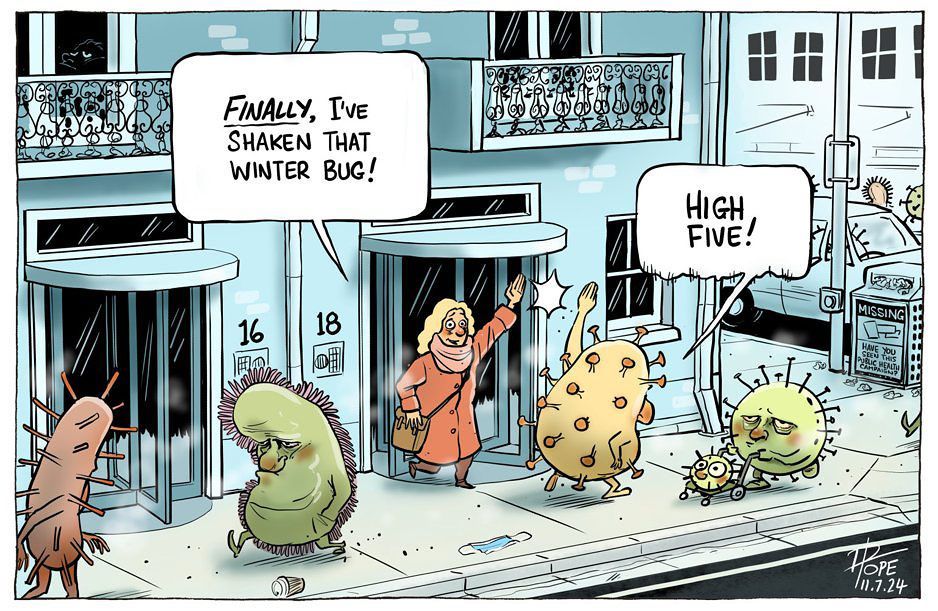
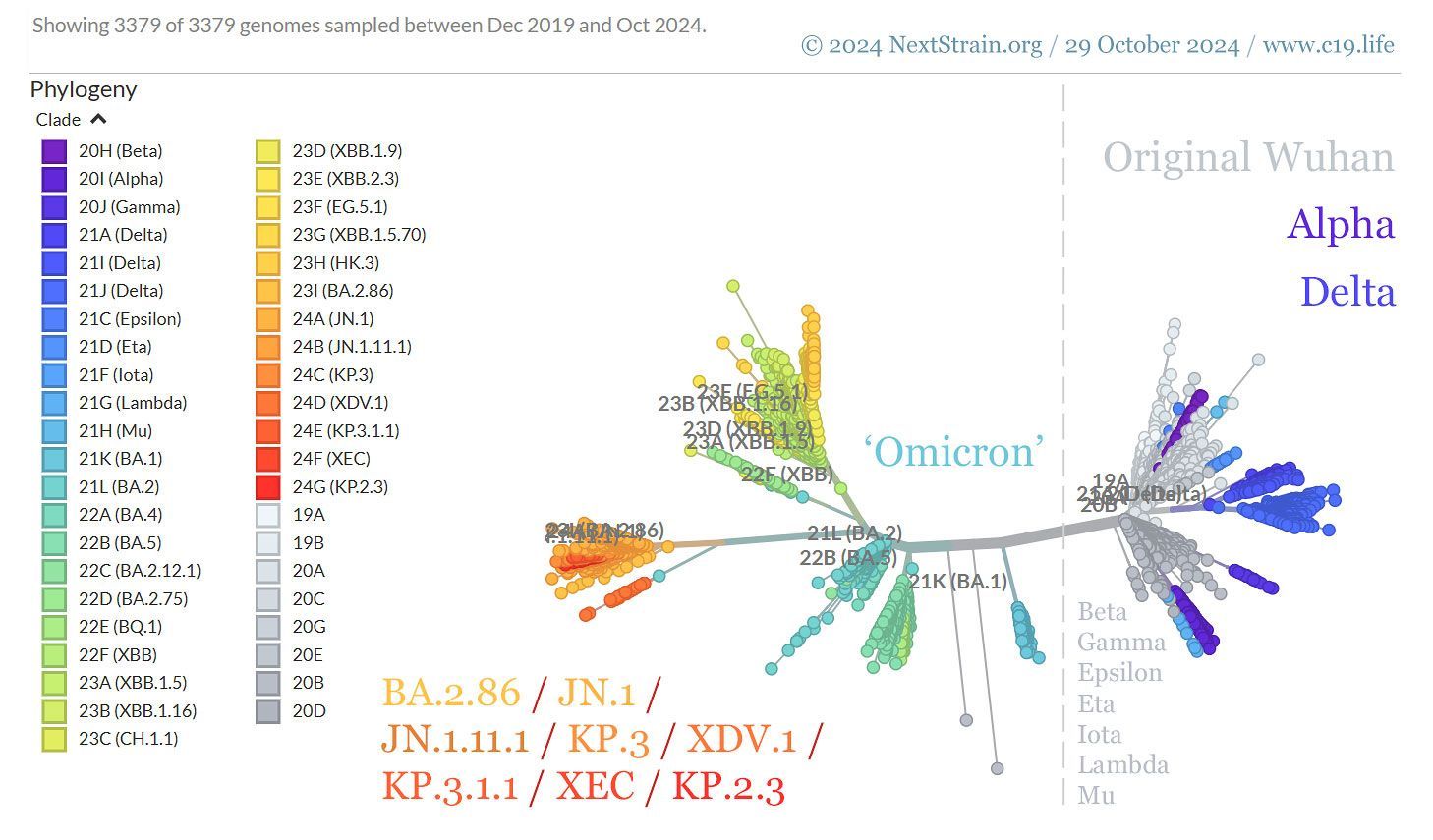
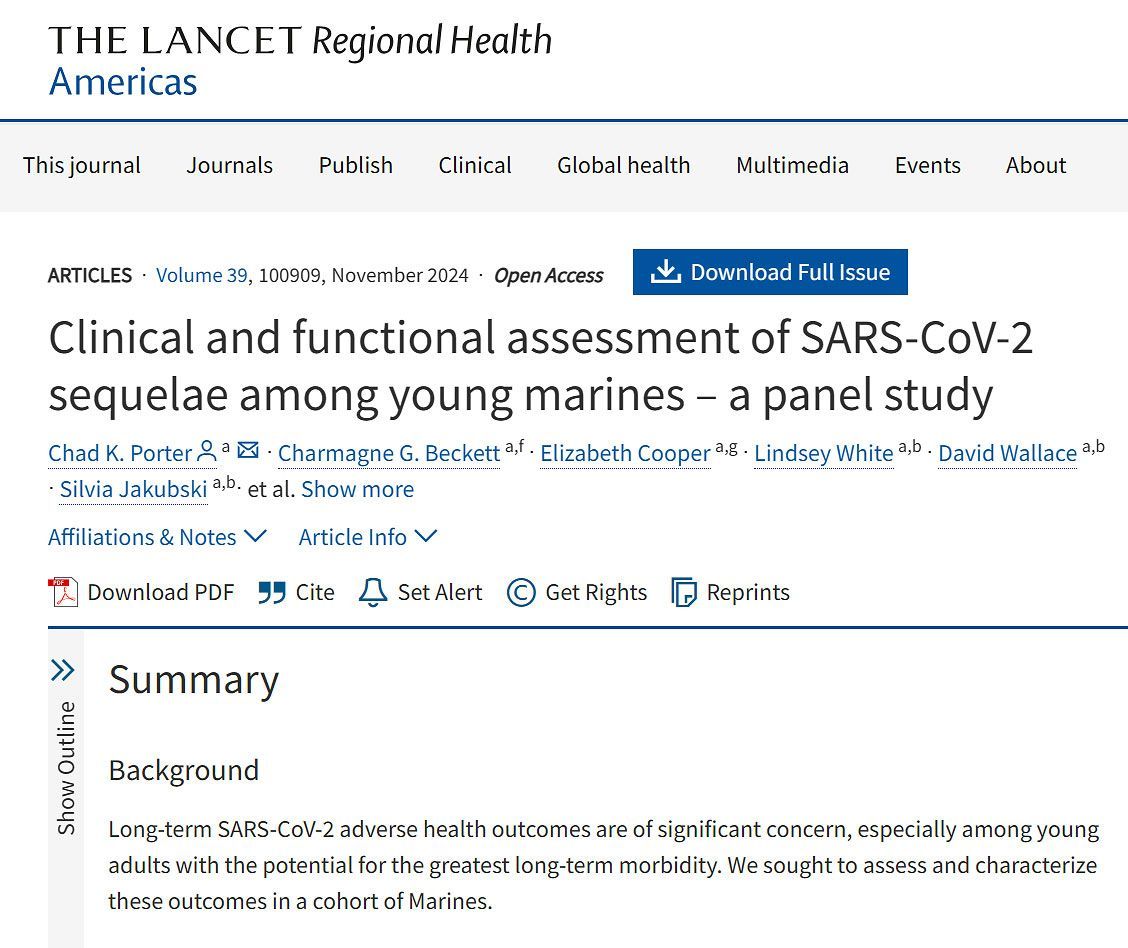

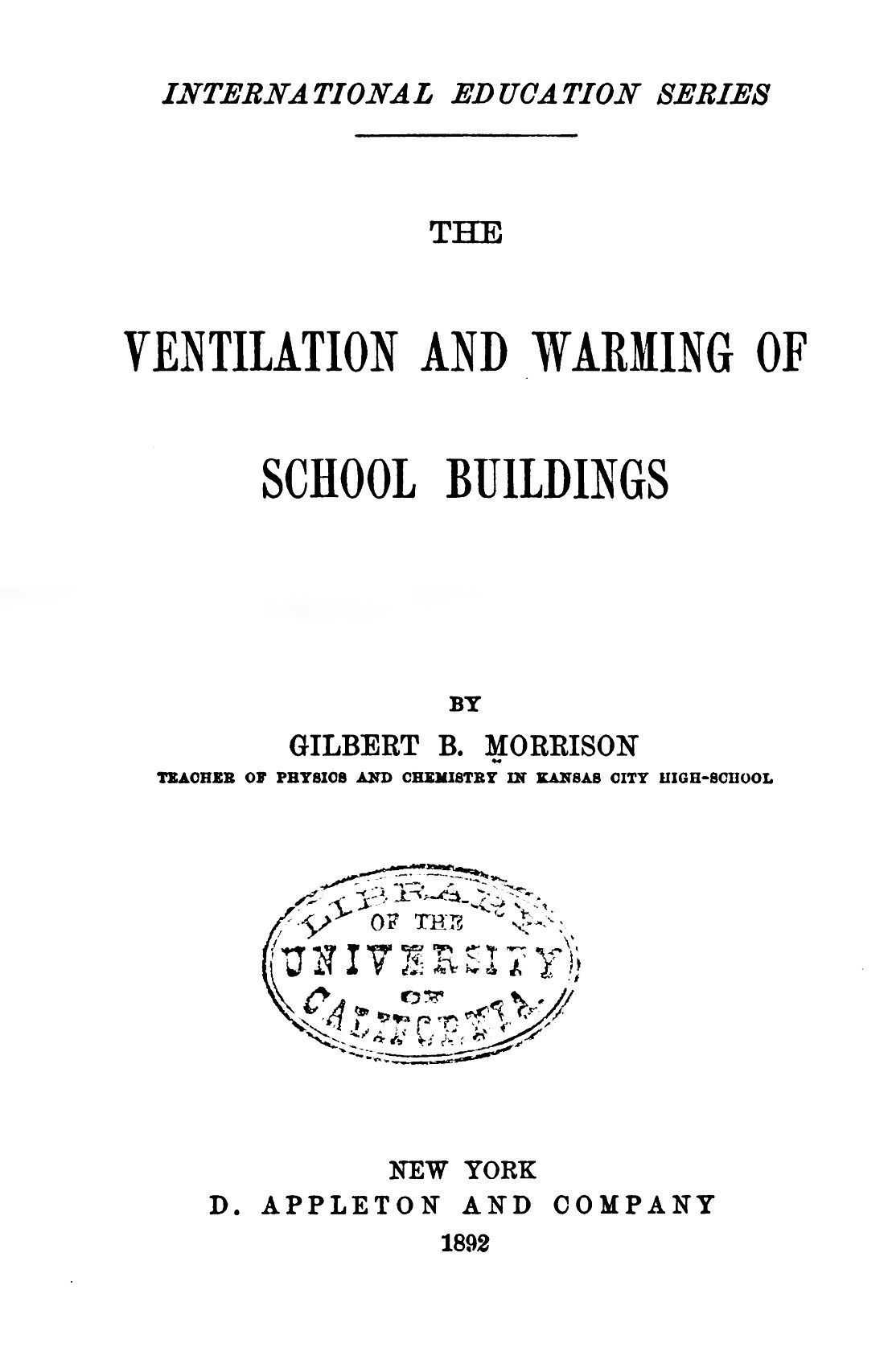
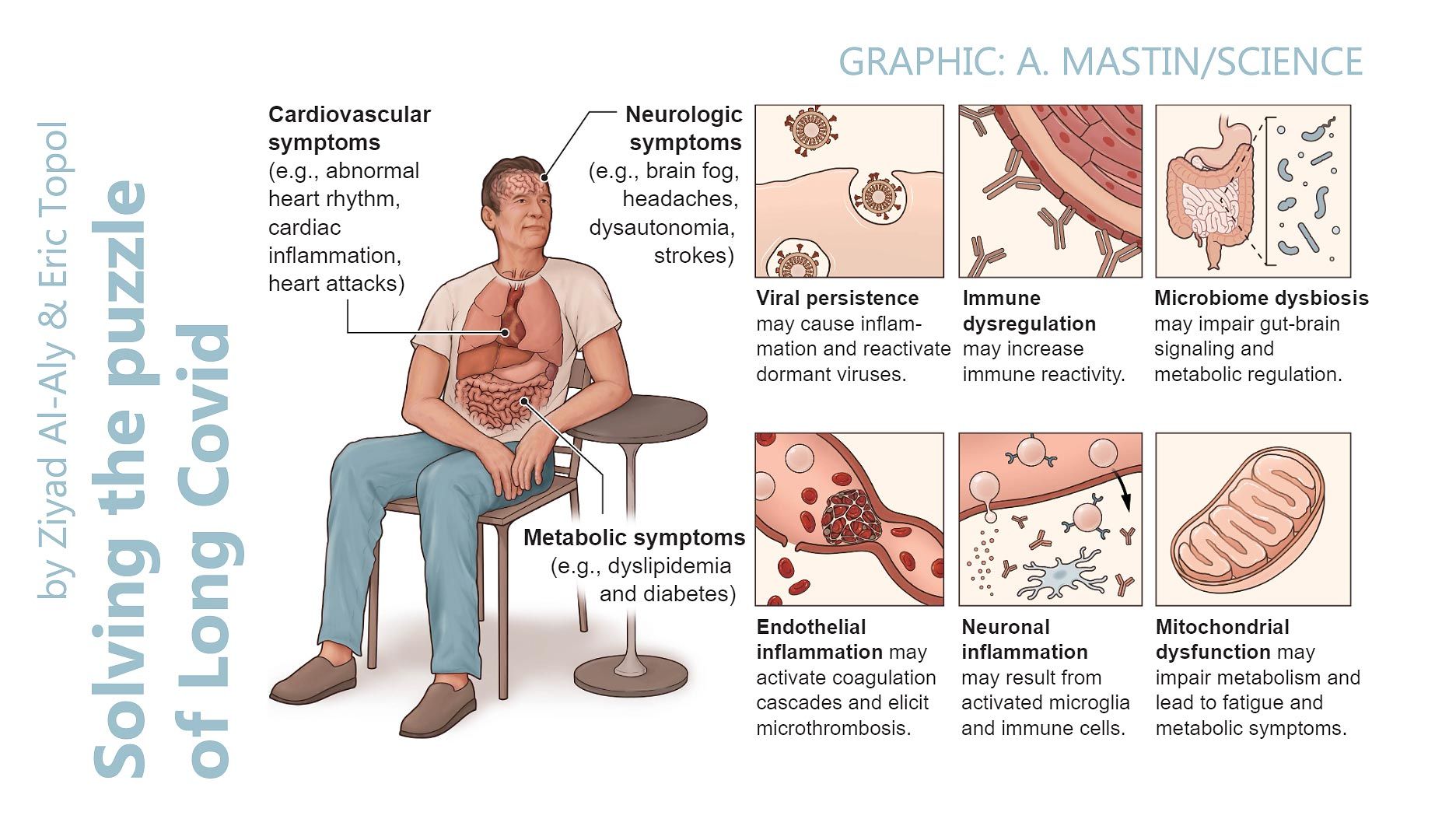





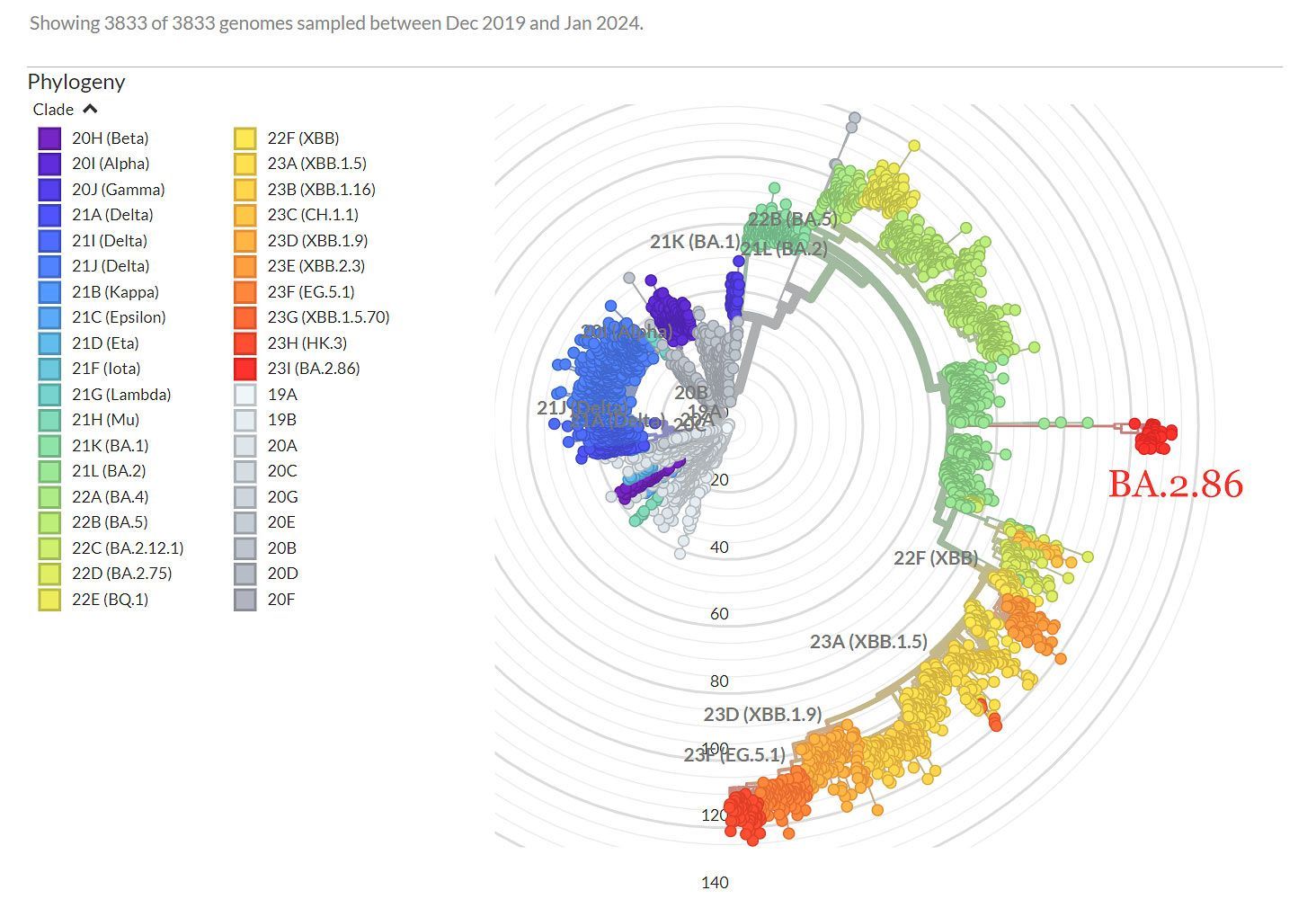

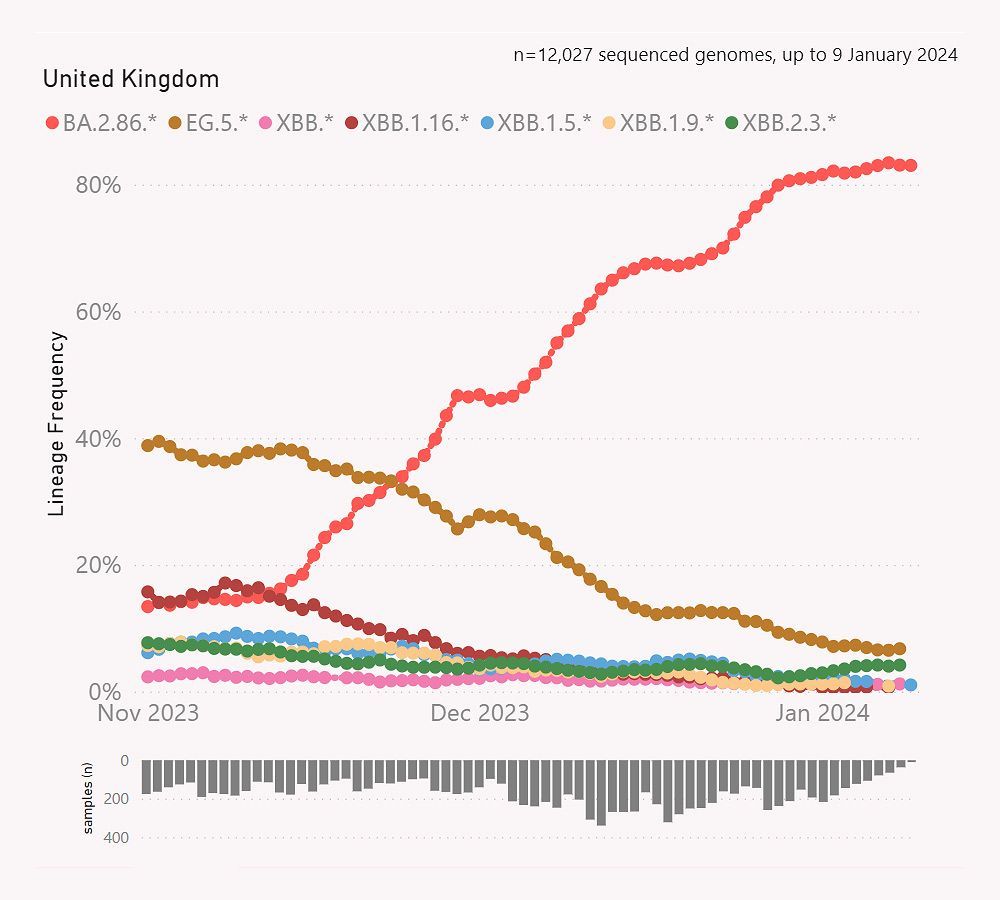












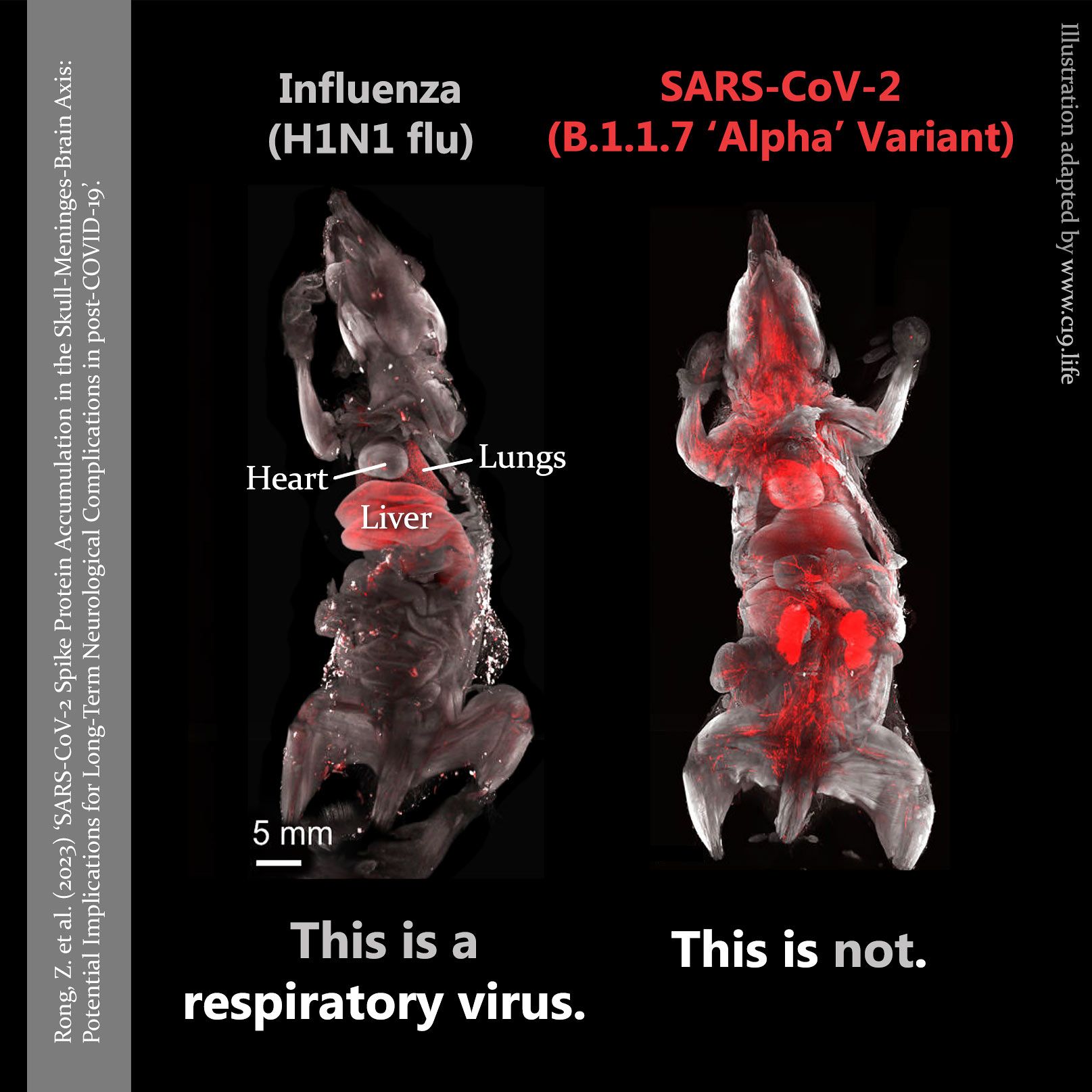









C-19: Archives
Useful search tags:
air filtration / babies & children / body / brain / C19.Life / cancer / comment / dementia / economy / elders / excess deaths / exercise / flu / heart / history / immunity / influenza / law / long covid / NHS / PEM / propaganda / reinfections / reproduction and pregnancy / resources / respirators / respiratory / schools / solutions / transmission / UVC / vaccines / variants / WHO / zoonosis








































C-19: Archives
❦ postscript
You are free to disagree with anything you read here, provided that you have an authentic, evidence-based argument for it.
❦ All content on this website is for informational and educational purposes only.
c19.life

